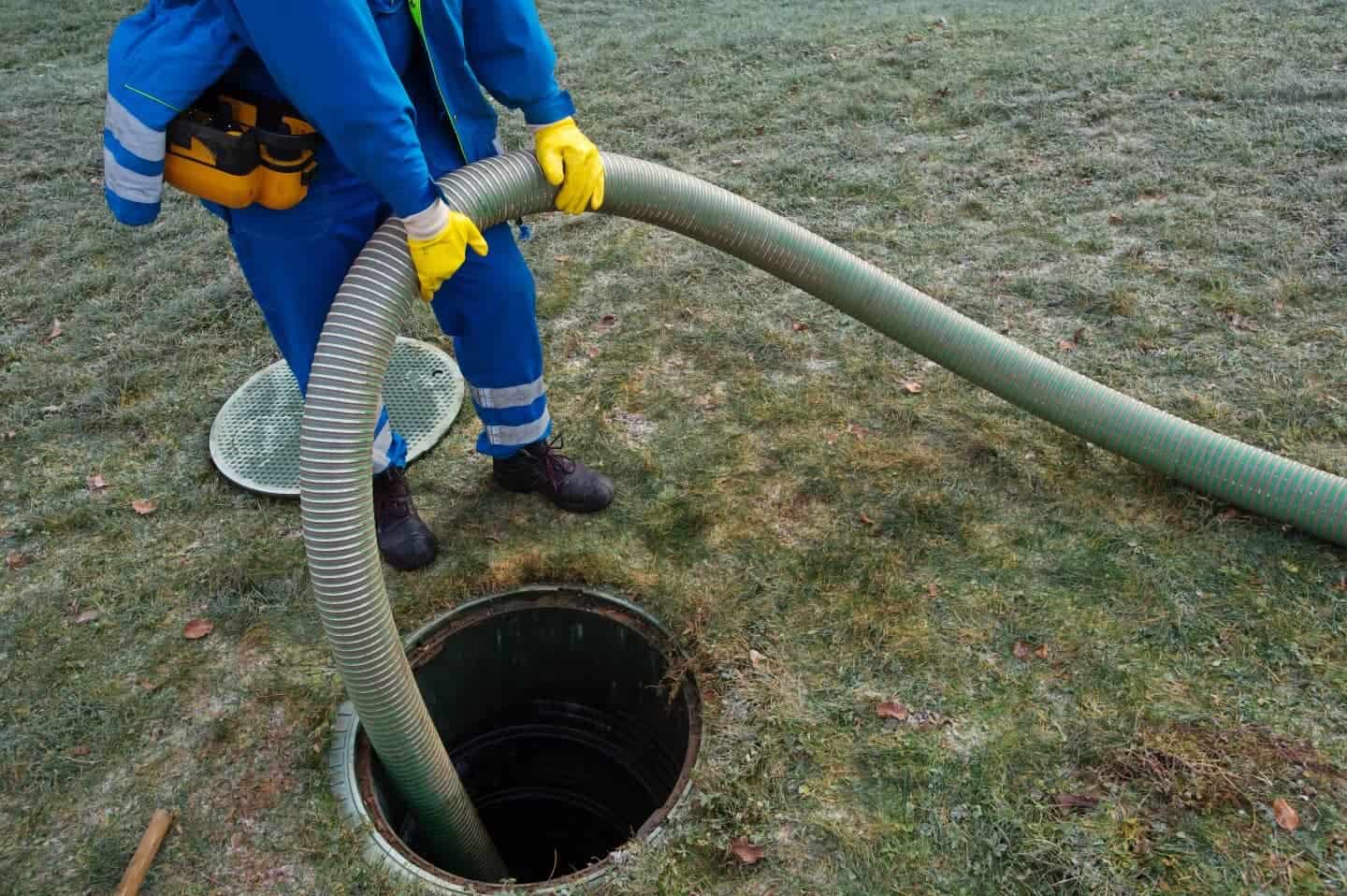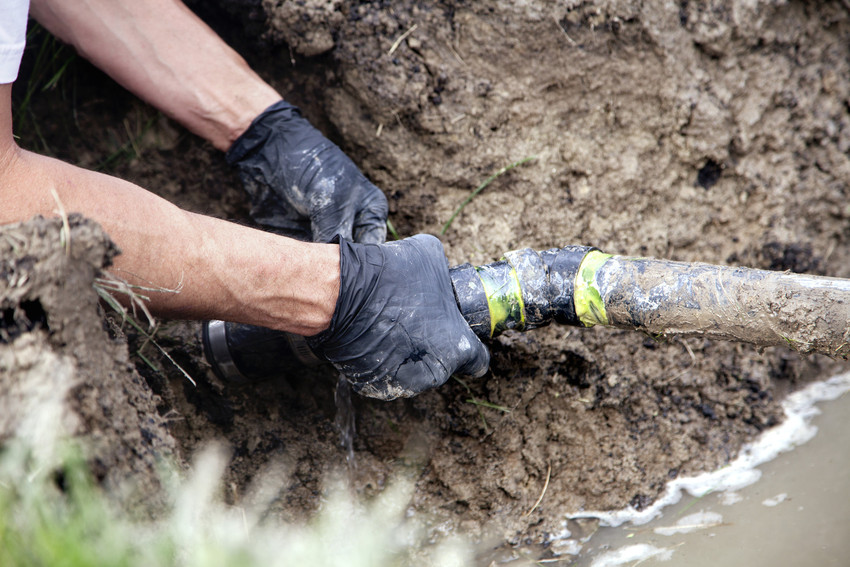If you’re a home or business owner that lives off the grid and you are not connected to a sewage system, you’ll need to employ the services of a septic tank and liquid waste management company. However, depending on what industry you’re in and where you’re based, you might require a range of services. Here we help you decide how to choose your septic tank service.
Why is Septic Tank Cleaning So Important?
Septic tanks are a crucial part of any property that exists off the grid and disconnected to a sewage network; whether it’s commercial, industrial, agricultural or domestic. Although you may not think of septic tanks as inherently hygienic things, they need to be cleaned regularly to properly operate and, if ignored, can pose significant dangers to you and the environment.
Primarily, not cleaning your septic tank will leave it open to more damage and deterioration. As the septic tank fills up with waste, the sludge and other debris produced will begin to accumulate and, if not cleared, will clog the pipes and drains that connect the different tanks and holding areas. This will cause damage over time and can lead to cracks, blockages and even bursts, which is something you definitely don’t want to clean up!
If your tank does end up leaking or bursting because of a lack of maintenance, this can also pose a significant risk to the environment. When a septic tank bursts underground, the unfiltered waste can pollute the ground and can even seep down into the groundwater where it will subsequently pollute the water supply. This can cause problems for local crops, as well as the surrounding wildlife and other people. In the worst circumstances, it can destabilise the local eco-system. Any contaminants that emanate from the system can cause you and others near to you to fall ill if the leak is severe and comes into contact with you.
Which Liquid Waste Removal Services Are Right For Your Industry?
Agricultural
As an organisation with a rich tradition in farming ourselves, we understand just how much waste can be produced by both large and small-scale agricultural projects. If you own or operate a farm, then you will be well aware of the effort and planning required to manage and remove the waste you produce responsibly.
Particularly if you own and operate a large farming operation, the scale of effluents you will produce can be dizzying and, even if you have on-site techniques to manage and dispose of the waste, you will need to get some outside help from time to time to treat your agricultural effluents.
Agricultural effluent is a term that encompasses wastewater and the proceeds of washdown from areas where agricultural livestock are kept in significant numbers. Not treating effluent in a controlled and responsible manner can cause pollution on your farm as well as the surrounding area. If you’re a large-scale farm, then it’s likely that you’ll have an on-site anaerobic lagoon where the majority on the wastewater and washdown will end up.
Anaerobic lagoons are created to hold and then treat the liquid waste that is produced on a farm and made up of the manure slurry which is drawn from the pens where animals are housed and then pumped into the lagoon. The slurry is often held in a separate tank before being transferred to a lagoon and, once in the lagoon, the manure splits naturally into a solid layer and a liquid layer which then go through the process of anaerobic respiration. If a lagoon overflows, however, it can become a real danger to the environment.
This is where the services of a liquid waste removal company come in. At JH Willis & Son, we have a vacuum tank hire service which can house up to 3000 gallons of liquid waste and be used to empty an agricultural lagoon. As well as this, we can also perform umbilical slurry work which takes the waste from the lagoon and spreads it across a spreading field as compost.
Industrial
If you’re a factory or mill operator, you’ll need a liquid waste removal service just as much as a farm will. Although you might not have the manure and animal washdown to manage, there is still an inordinate amount of liquid waste to consider.
Depending on what type of industrial operation you manage, there may be some hazardous waste that needs to be disposed of. This type of waste is defined as liquid that can potentially harm public health or the environment, so needs to be dealt with in a particular way. Specifically, this includes oils, contaminated soil and asbestos and will need to be disposed of under very strict regulations.
At JH Willis & Son, we don’t manage hazardous materials, however, we can provide services to help you manage and treat the non-hazardous liquid waste that you will naturally produce. If your factory is located off-grid and disconnected from the sewage network, then you’ll need to have at least one septic tank located underneath the property to treat and handle the waste produced by the staff as well as any wastewater from the industrial process.
Although septic tanks filter a lot of the waste back into the soil through the drain field after a process of settling and conditioning, they will also need to be emptied from time to time. We have a fleet of large HGV vehicles that can contain and carry up to 26,000 litres of liquid waste. So, no matter how large or small your operation is, we will be able to provide the right liquid waste removal service for your needs.
How To Choose The Right Septic Tank Company
Whether you’re a commercial, industrial, agricultural or domestic client, you’ll need to employ a highly trustworthy and experienced company to take care of your waste disposal. To choose the right firm for you, it’s imperative to first understand exactly what kinds of services you will need.
Many of the best septic tank and waste management companies offer regular maintenance, cleaning and emptying schedule as part of a package cost. This means that you will never have to worry about when you need to have the tank worked on as the firm will simply turn up according to the schedule and do it for you.
As the risks involved with a leak in your septic system can damage the environment, it’s also imperative to ensure that the company you hire have years of experience. Companies with a track record of working with a number of clients from different industries is a great sign that they will be reliable and able to complete any requirement you have. Also consider whether they have connections with local councils, environmental regulatory bodies like the Environment Agency and how long they have been working in the industry for. An organisation that has been working for decades and has strong connections with agencies and councils will be far better suited to complete work in an organised and efficient way than one without.
Choose JH Willis & Son For Your Septic Pumping and Waste Management in Cheshire
Established as a farming business in 1942, JH Willis & Son have since taken control of a number of farms as well as setting up a waste management business which provides waste disposal facilities to domestic, commercial, industrial and agricultural customers across the North West of England and North Wales.
If you’re looking for ‘septic tank cleaning near me’, look no further than JH Willis & Son. We’re approved by a number of regulatory bodies like the Environment Agency, so if you need septic system maintenance services across the area, we’re a firm that you can trust.
To find out more about septic tank emptying cost, contact us. You can find us at J.H. Willis & Son, Holme Farm, Ince, Nr Chester, Cheshire, CH2 4NR or call us on 0151 356 0351.




Recent Comments